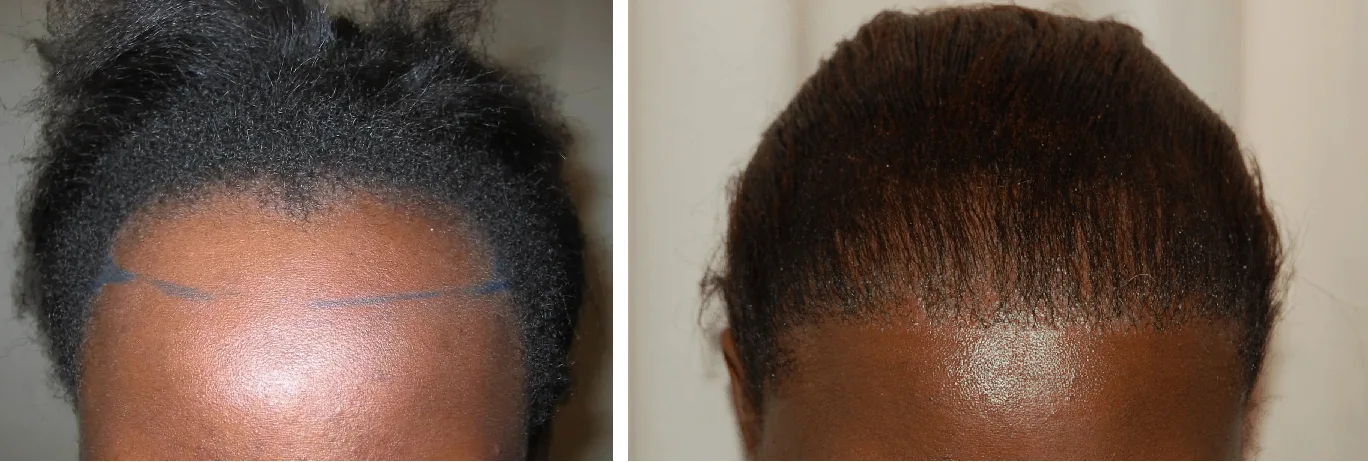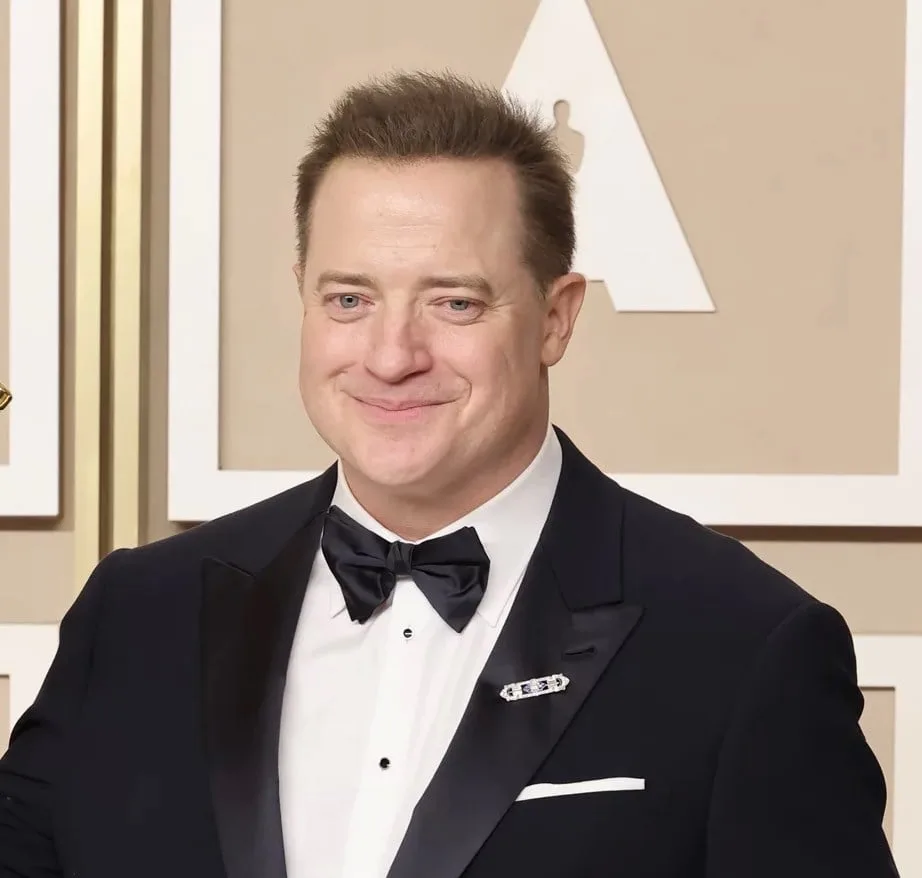The jawbone resorbs and loses its dimension after dental extractions, gum disease, or trauma. This means that the horizontal and vertical dimensions of the bone are reduced, sometimes to a degree where placing a dental implant is not possible-
Different techniques for augmenting a resorbed jaw can be utilized, depending on the degree of jaw resorption. Some are straightforward, like Guided Bone Regeneration (GBR). Others are more complex such as transplanting bone blocks or using 3D custom-designed solutions.
The cortical shell technique is an advanced surgical procedure for the reconstruction of horizontal and vertical bone defects. This technique can be used when an extensive bone loss has occurred, and rebuilding of the bone’s width and height is required.
The technique was first described by Prof. Khoury, one of the most prominent oral surgeons in Germany and the world almost 20 years ago. In his version, or the split bone block technique, a bone block is harvested from the patient’s lower jaw and then split into thin shells. The new bone is then fixed to the graft using specially designed screws. The gap between a bone shell and the jaw is filled with bone chips, and the area is sutured. After a waiting period of 4-6 months, the region will be completely healed, with new healthy bone, ready for implant placement.
Recently, using human donor bone, or allogenic bone, has offered a less invasive method for performing this type of reconstruction. The procedure circumvents donor site morbidity and prevents the time-consuming harvesting and splitting of autologous bone blocks. The allogenic bone is used by your body as a scaffold for new bone healing. The granules will resorb with time, and the region will end up with a new and vital bone.
This technique has a major advantage over other similar bone augmentation procedures: the healing is excellent due to the rapid vascularization of the graft. This leads to lesser complications and better results. New advancements in 3D-Printing allow us to print a model of the jaw before surgery to precisely plan the procedure and reduce the operation’s time.
Dr. Barry has been carrying out this treatment for several years in Germany with amazing results. He will discuss the treatment plan with you and choose the best option for your individual case




